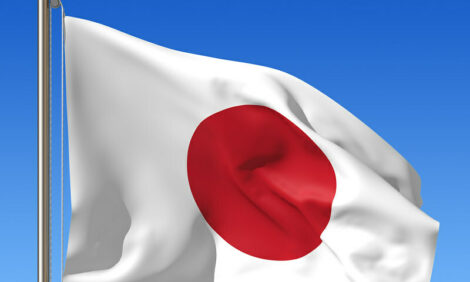



Trade Agreements Deliver for the US Dairy Industry
US - Since the implementation of the Uruguay Round in 1995, which ushered in the World Trade Organization (WTO), U.S. dairy export value has risen nearly ten-fold to more than $6.7 billion, writes Jaime Castaneda, US Dairy Export Council.Since the North American Free Trade Agreement (NAFTA), enacted one year earlier, U.S. dairy exports to Mexico jumped nearly six-fold to $1.4 billion.
Lowering tariffs and export subsidies in the WTO as well as opening dairy market access provisions in the deal with Mexico have been critical to U.S. dairy export success.

While the WTO and NAFTA are the highest profile of all trade agreements, every U.S. bilateral and regional free trade agreement (FTA) that the United States has signed since has also led to increased U.S. dairy exports.
There is a good reason. Strong industry participation early in the negotiating process and continuing through completion has ensured that U.S. dairy interests remain top of mind for U.S. negotiators and generally led to favourable dairy terms.
Creating more economic growth through greater trade facilitation by opening up more market access, creating better sanitary and phytosanitary rules and limiting export subsidies have provided the United States with an opportunity to become a global dairy player.
Now, we are trying to close in on our biggest FTA opportunity since NAFTA. Twelve nations—Australia, Brunei, Canada, Chile, Japan, Malaysia, Mexico, New Zealand, Peru, Singapore, Vietnam and the United States— are negotiating the Trans-Pacific Partnership (TPP) trade agreement.
The deal provides potential opportunity to create fully enforceable sanitary and phytosanitary rules that go beyond World Trade Organization measures, an achievement that would help turn back the rising tide of non-tariff trade barriers.
It also presents an opportunity to address the lingering impacts of New Zealand government dairy policies that have intentionally advantaged a single national champion at the expense of other competitors.
One more challenge that TPP must also tackle is how to provide better protections to common food names through improvements to rules for registering geographical indications.
The U.S. Dairy Export Council (USDEC) devoted ample work to advancing the above elements prior to the inclusion of Canada and Japan in TPP.
Canada’s involvement offers a chance to repair the exclusion of dairy in the U.S.-Canada portion of NAFTA and establish systems to prevent technical barriers to trade that have frustrated U.S. efforts to export there for years.
Japan’s involvement not only offers the opportunity to reduce tariffs to an important market, but also provides a chance to correct a host of non-tariff trade barrier issues, such as the rules around the operation of the country’s import licenses and tenders.
Opening those two large and profitable markets alone, not to mention gaining market access benefits to Malaysia and Vietnam, would provide immediate and measurable benefits for U.S. dairy producers and processors.
But FTA progress can be frustratingly slow, and now we are at a crossroads on TPP, in large part due to Japanese demands to deny meaningful market access for five agricultural sectors, including dairy.
The inability to resolve the issue is widely regarded as holding up the rest of the negotiations. Japan access is particularly important because Canada will likely base its TPP dairy market access positions on Japanese commitments.
TheCattleSite News Desk


